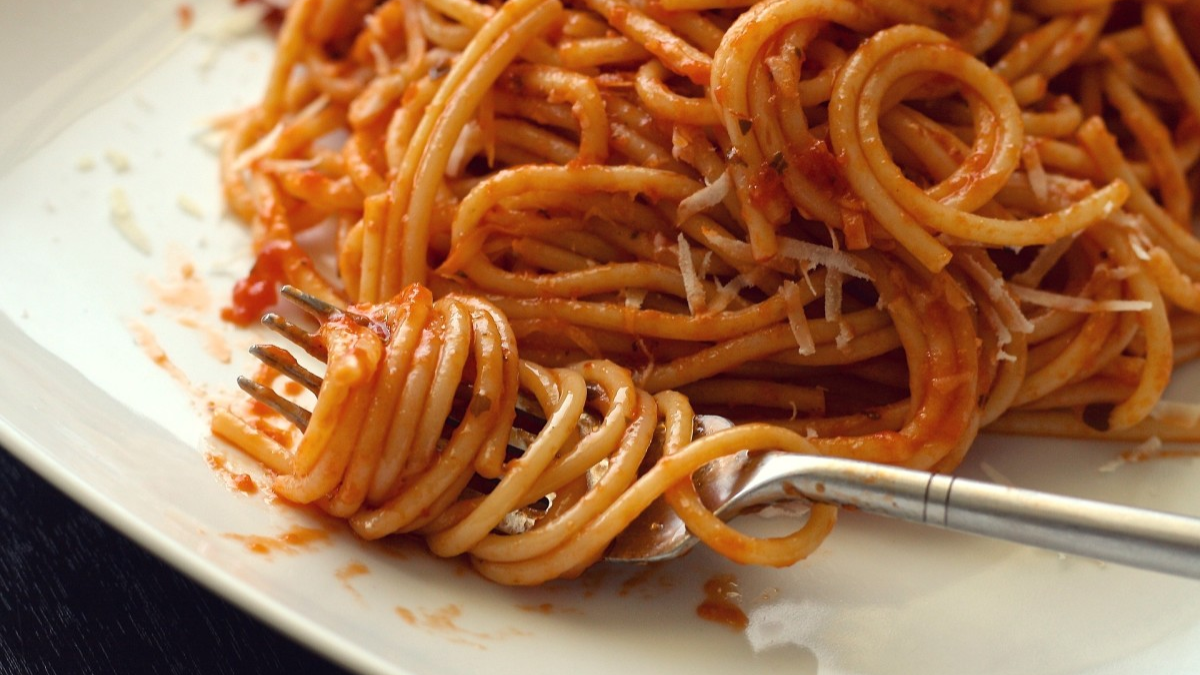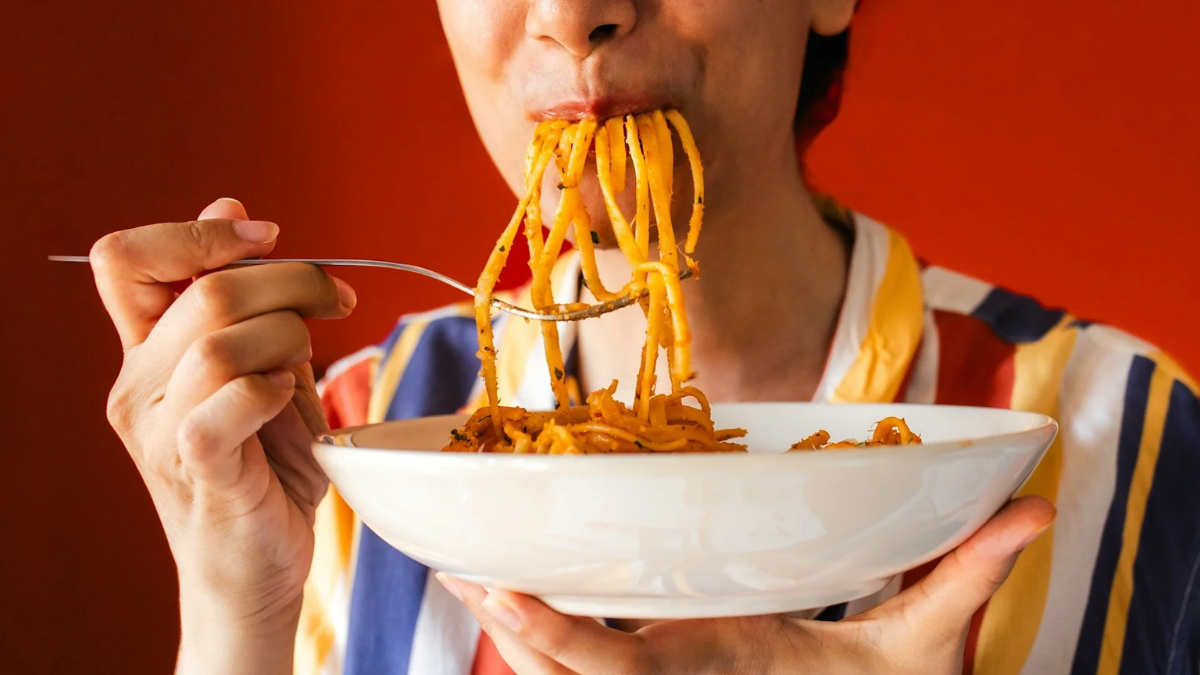
In what seems like an everyday habit—saving a meal for later—a tragic incident has drawn renewed attention to the dangers of improper food storage. A 20-year-old man from Belgium lost his life after consuming leftover spaghetti left unrefrigerated for several days. The cause? A rare yet deadly condition known as Fried Rice Syndrome, caused by Bacillus cereus poisoning.
Table of Content:-
The Fatal Meal: A Lesson in Food Safety
On October 1, 2008, the young man heated a five-day-old portion of spaghetti with tomato sauce that had been sitting at room temperature in his kitchen. After eating, he went out for sports practice, only to return home just 30 minutes later, complaining of nausea, abdominal pain, and a pounding headache.

The symptoms escalated quickly. He vomited repeatedly and had episodes of diarrhoea throughout the night. Believing it to be a passing illness, he did not seek medical help and instead opted to rest. Sadly, the next morning, his parents found him unresponsive in bed—he had passed away in his sleep.
A postmortem examination later identified Bacillus cereus as the lethal culprit. This bacterium, which thrives in improperly stored food like rice and pasta, produces toxins that can lead to foodborne illness, and in rare cases like this one, death.
What Is ‘Fried Rice Syndrome’?
Commonly dubbed Fried Rice Syndrome, this condition refers to food poisoning caused by Bacillus cereus, a spore-forming bacterium frequently found in starchy leftovers like rice, pasta, and noodles. When food is left out too long, especially at room temperature, the spores activate and multiply, releasing harmful toxins.

Emergency Room physician Dr Joe Whittington recently brought fresh attention to the issue via a viral TikTok video. In it, he explained the grave risks of eating improperly stored leftovers, especially starchy dishes, and stressed that food should not be left at room temperature for more than two hours.
Symptoms to Watch Out For
Symptoms of Bacillus cereus poisoning are often similar to other forms of foodborne illness or even stomach viruses, making them easy to overlook. These include:
Also Read: Plastics In Everyday Products May Raise Heart Disease Risk In Adults, New Study Warns
- Vomiting
- Diarrhea
- Nausea
- Abdominal cramps
- Mild fever
Typically, symptoms show up within a few hours of consuming contaminated food. While most cases resolve within 24 to 48 hours, individuals with compromised immune systems or underlying conditions may experience severe complications, including dehydration and even organ failure.

When to Seek Medical Help
While many recover without medical intervention, certain warning signs warrant urgent care:
- Persistent diarrhoea lasting more than two days
- High fever (above 100.4°F or 38°C)
- Signs of dehydration, such as dry mouth, sunken eyes, and dizziness
- Confusion or weakness
Also Read: Climbing Craze Comes With A Catch: Experts Warn Indoor Climbing May Harm Your Lungs
In the Belgian case, the rapid onset and progression of symptoms tragically left no time for intervention.
Treatment and Prevention
There is no specific medication to treat Fried Rice Syndrome. However, supportive care is usually enough for recovery:
- Hydration: Drink small amounts of clear fluids frequently to combat fluid loss.
- Rest: Allow your body to recuperate by sleeping and limiting physical activity.
- Avoid anti-diarrheal drugs: These can trap toxins inside the body longer.
The most effective approach is prevention. Always refrigerate leftover food within two hours of cooking. When reheating, ensure it reaches a temperature of at least 165°F (74°C). Avoid reheating leftovers more than once and discard any food that has been left at room temperature overnight.
Bottomline
This young man’s death serves as a sobering reminder that food safety is not just about avoiding spoiled meals—it’s a matter of life and death. What appears to be a harmless bite of leftover pasta or rice could, under the wrong conditions, turn deadly.
As awareness grows around Fried Rice Syndrome, experts urge the public to treat leftovers with the same caution as raw meats or dairy. Because when it comes to foodborne illnesses, prevention truly is the best cure.
Also watch this video
How we keep this article up to date:
We work with experts and keep a close eye on the latest in health and wellness. Whenever there is a new research or helpful information, we update our articles with accurate and useful advice.
Current Version